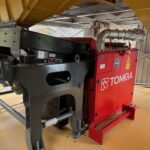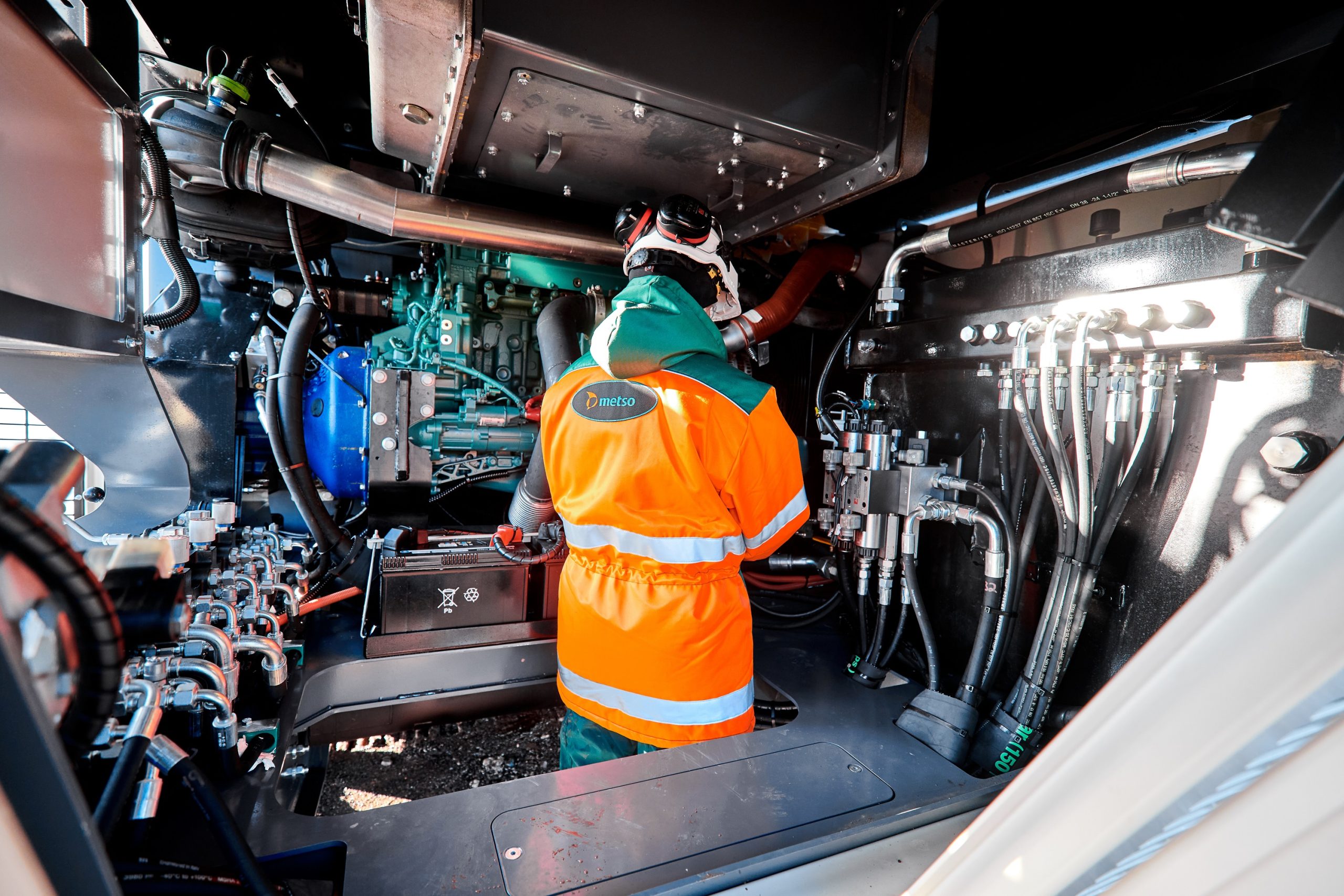Under the pressure of demanding timelines and production targets, operations staff on a crushing site will always want the best equipment with the most responsive service offering. Too often, however, they are at odds with the procurement division, who can be over-focused on upfront capital costs and operational expenditure.
This tension is natural, explains Pilot Crushtec director of sales and marketing Francois Marais, but the answer lies in a strategic alignment of company priorities across all its functional units. This will ensure that the incentives of different parts of the business do not conflict.
“Successful companies are those who can direct all their resources in the same direction and towards a common goal,” says Marais. “In the crushing business, this means meeting production targets on time with optimal equipment uptime and the lowest possible cost of ownership in relation to output.”
Getting this equation right requires that companies have quick access to core information on product output and maintenance costs, but are also able to measure aspects that are more difficult to quantify – such as downtime and production losses. Over time, the business is able to identify whether its capital and operational expenditure are balanced in line with expectations. As importantly, it can continuously assess whether it is getting optimal value from its equipment investment.
“Without this kind of in-depth data, it can be difficult for businesses to know if their capital investments are effective in driving their value proposition to customers,” he says. “If a piece of equipment is purchased at a discount price, for instance, the business’s tracking maintenance costs should raise a red flag if that capex discount has been swallowed up in opex within months of the purchase.”
The focus on value-for-money, he emphasises, needs to be based on the output achieved from both the upfront investment and the ongoing costs of maintenance and repairs. Businesses also need a disciplined method of calculating the cost of project disruption due to unplanned downtime.
“The cost of unexpected equipment failure is much higher than the cost of regular maintenance, as the resulting disruption usually has knock-on effects across the project, including standing time of other equipment and human resources,” he says. “There may also be financial penalties payable if the contractor does not meet contractual obligations.”
Perhaps the most devastating impact of procuring equipment which does not deliver to expectation, however, is on the reputation of the business. He warns that unplanned breakdowns on site will always undermine the end-customer’s faith in a contractor’s promise to deliver. This puts future work in jeopardy and puts a brake on any efforts to build a lasting and reliable brand.















